The 6 Best Vermouths for Negronis, According to Bartenders
From classic Torino-style to rich and bittersweet, these are the bottles top bar pros recommend for your next Negroni.
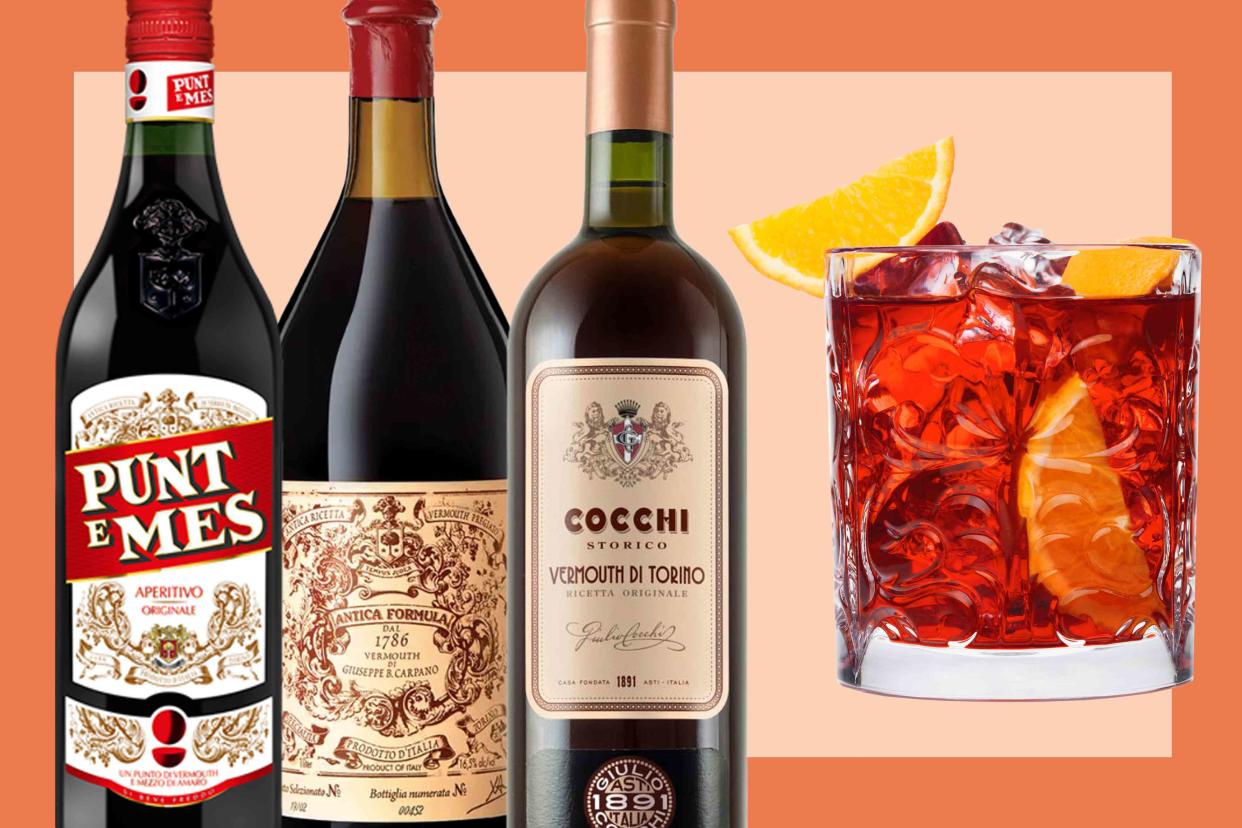
Food & Wine / FRATELLI BRANCA DISTILLERIE S.p.A. / Giulio Cocchi Spumanti Srl / DenisMArt / Getty Images
Over the past decade, the Negroni has ascended to the pinnacle of the cocktail world. This Italian aperitivo classic has become a permanent fixture on bar menus worldwide, alongside endless riffs and variations. However, the traditional build remains beloved among bartenders and drinkers alike.
“The Negroni should be a velvety, deeply chilled cocktail, with a perfect balance of bitter and sweet,” says Anthony Schmidt, director of education and co-beverage director at San Diego-based culinary group Consortium Holdings. “It should be an 'anytime' drink, a Swiss army knife wielded at any point of the day, any point of a meal.,” he says. “In one moment aperitif, in the next, digestif, then late-night sipper.”
"With a simple list of ingredients, execution and balance is everything, and vermouth is crucial to the perfect Negroni: harmonious, floral, bitter, and sweet with every sip. "
A major part of the appeal of the Negroni is its simplicity. In its most traditional form, it consists only of three ingredients mixed in equal amounts: gin, Campari, and sweet vermouth. The latter of these ingredients, often referred to as sweet, red, or Italian vermouth, is a style of fortified, aromatized wine that originated in the Italian region of Piedmont, with most traditional producers residing near the city of Turin (also called Torino). Today, the style of vermouth is produced all over the world.
With a simple list of ingredients, execution and balance is everything, and vermouth is crucial to the perfect Negroni: harmonious, floral, bitter, and sweet with every sip.
“[With vermouth], balance is the most important role,” says Tobin Shea, bar director at Los Angeles’ Vibiana and Redbird. “You do not want the bittering agents from the vermouth to overpower the bitterness from the Campari, or the sweetness to take away from the floral notes of the gin.”
Related: 13 Sweet Vermouth Cocktails for the Negroni Fan
In the classic Negroni recipe, the Campari is pretty much non-negotiable. And while a vast variety of gins on the market make it an obvious point of customization, sweet vermouth arguably provides a wider range of flavors to the cocktail, bringing subtlety and nuance that isn’t overpowered by alcoholic heat in the way gin may be.
“A well-balanced vermouth in cahoots with a balanced recipe and a steady hand usually will lead to a balanced Negroni,” says Brandon Ristaino, co-founder and beverage director at Good Lion Hospitality. “Vermouth acts as the lubricant and glue between the bracing dry gin and bitter Campari.”
“If a guest asks for an equal parts Negroni, I like to choose a vermouth that isn’t too soft and not too robust; a mid-palate pleaser,” says Anu Apte, owner of Seattle’s Rob Roy, Navy Strength, and Vinnie's Wine Shop. “If it’s too soft it will get lost, and a sweet vermouth with many strong botanicals will compete with the Campari too much.”
We consulted expert bartenders from across the country to share their preferred vermouths to use in a Negroni. Try one of these recommended vermouths to pair with a favorite gin and bittersweet liqueur for your next aperitivo hour.
Cocchi Vermouth di Torino
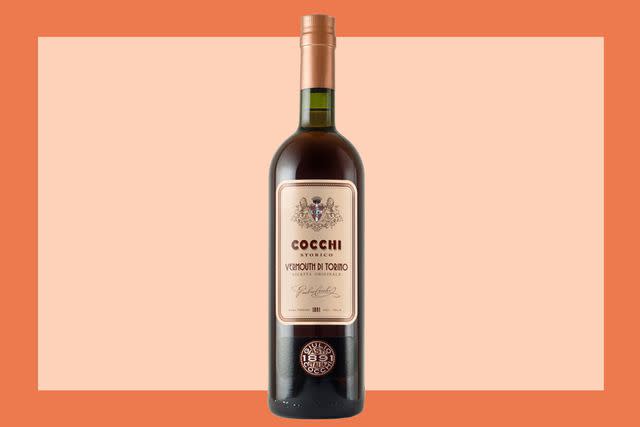
Food & Wine / Giulio Cocchi Spumanti Srl
Cocchi Vermouth di Torino is a very traditional and beloved Torino-style sweet vermouth. “The one vermouth to rule them all,” says Schmidt. “[Cocchi] leads to optimal balance and texture while blending perfectly with dry gin. It’s sweet, balanced, and complex with notes of vanilla, and cinnamon tempered with a bit of bitter orange.”
“Cocchi is even-keeled in the best way with its balanced sweetness, bitterness, and flavor,” says Ristraino. “If you're looking for a classic Negroni, look no further.”
While Cocchi isn’t as rich as other vermouths, it still sits on the sweeter side of the spectrum. Cocchi achieves balance with the use of cinchona, wormwood, rose petals, and citrus.
Carpano Antica Formula
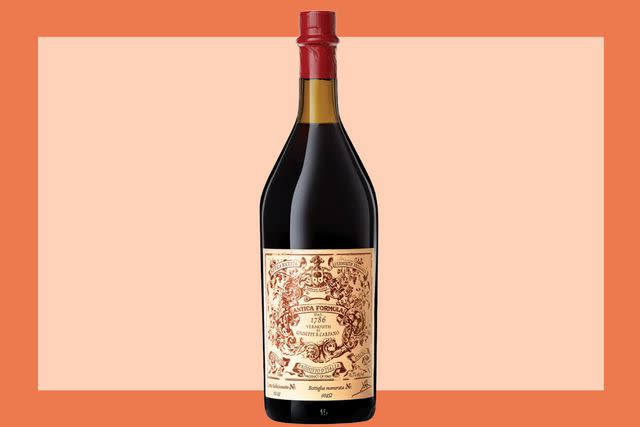
Food & Wine / FRATELLI BRANCA DISTILLERIE S.p.A.
As the self-described “first vermouth,” Carpano Antica Formula is one of the most widely used and recognizable bottles of Italian vermouth, and for good reason. It has the strength and distinct flavor to stand out when mixed with a diverse array of ingredients.
“I feel like [Carpano is] ever so slightly more viscous than other sweet vermouths which gives a cocktail a perceived heaviness,” says Apte. “The flavor profile shines through any cocktail.”
“[Carpano is] super rich and sweet, with a big vanilla flavor,” says Shea. “It can be overpowering.” In a Negroni, the presence of Carpano Antica works well to temper the bitterness of the Campari and the bracing juniper notes of the gin. To balance the richness of this vermouth, Shea recommends stirring a Negroni with Carpano over ice for some added dilution rather than skipping this step and building it directly in the glass.
Dolin Rouge Vermouth de Chambery

Food & Wine / Dolin
Although French producer Dolin is best known for its dry and blanc vermouths, don’t discount their answer to Torino-style vermouth: Dolin Rouge. It’s slightly more botanical-forward than richer, sweeter traditional red vermouths, but it still plays beautifully in a Negroni.
“This is lighter, lovely, and round. It has some subtle nutty notes that I think play really well in a Negroni,” says Apte.
Among the 30-40 different botanicals used to flavor this vermouth, Dolin discloses the use of coriander, hyssop, rhubarb, and curacao in their recipe.
Punt e Mes
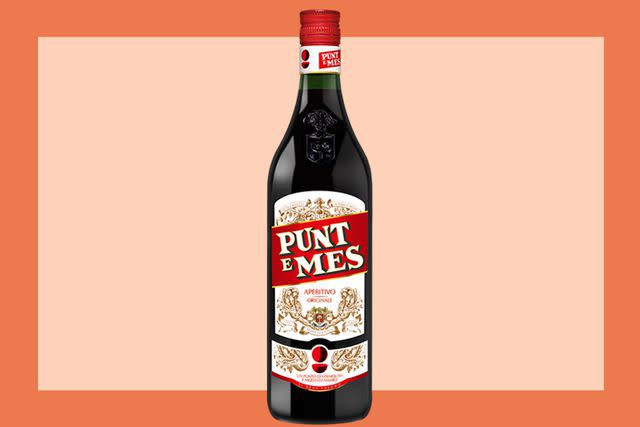
Food & Wine / FRATELLI BRANCA DISTILLERIE S.p.A.
Although Punt e Mes is crafted in Piedmont, it has a unique bitter quality when compared to other vermouths from the same region. Its name translates to “point and a half” which refers to the balance of one part sweet vermouth and a half part bitter liqueur. Think of Punt e Mes as a sweet vermouth balanced by a hint of Amaro. “It’s great for balancing the Campari with the spicy finish,” says Shea.
Although not quite as widespread as Cocchi or Carpano Antica, Punt e Mes is a bartender favorite. “At Rob Roy, we blind tasted more than seven different vermouths in Manhattans and Negronis to choose the one we thought would be the best workhorse,” says Apte. “[Put e Mes has] a characteristic orange note that lends itself well to the three-ingredient marriage of the Negroni.”
Tximista Rojo Basque Vermouth
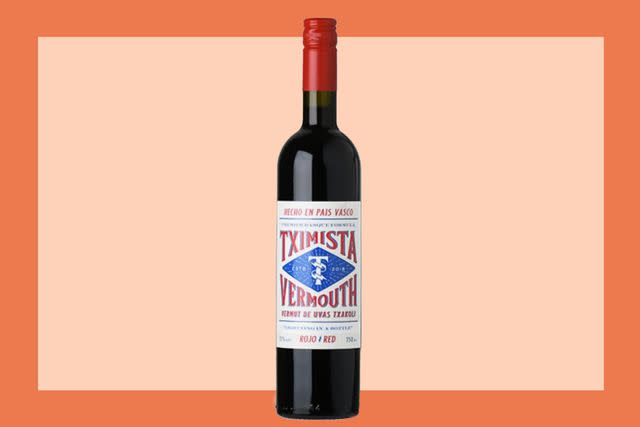
Food & Wine / Tximista
Unlike the classic red vermouths from Piedmont, Tximista Rojo hails from the Basque region of Northern Spain. Using a base wine made from local grapes and infusing it with around 80 different herbs native to the region, Tximista Rojo has a uniquely light and mineral-forward flavor that reflects the terroir of Basque Country.
“The base wine is Txakolina, adding a touch of salinity and acidity,” says Schmidt. “[Tximista] also has a hint of oxidation, like a mild sherry, [adding] a tone of character and intrigue to a Negroni-style cocktail.”
Bordiga Vermouth Rosso
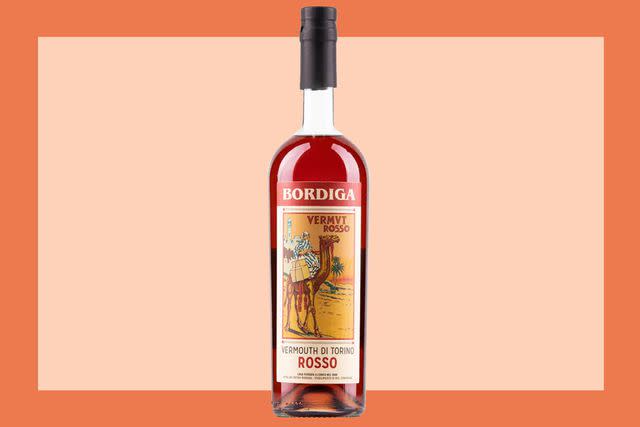
Food & Wine / Bordiga
The Bordiga distillery is located in the foothills of the Alps in Piedmont and the vermouth it produces proudly wears its alpine origin on its sleeves. Bordiga is also famous for using hand-foraged botanicals, and having their own dedicated winemaker. All of these qualities dovetail into a delicious and singular Torino-style vermouth.
“It’s a bit more vegetal and sharper tasting,” says Ristaino. “This vermouth is ideal for a leaner and herbaceous Negroni. We really like this vermouth with Bordiga's bitter liqueur and their incredible Occitan Gin. It's a Negroni for adults.”
For more Food & Wine news, make sure to sign up for our newsletter!
Read the original article on Food & Wine.






